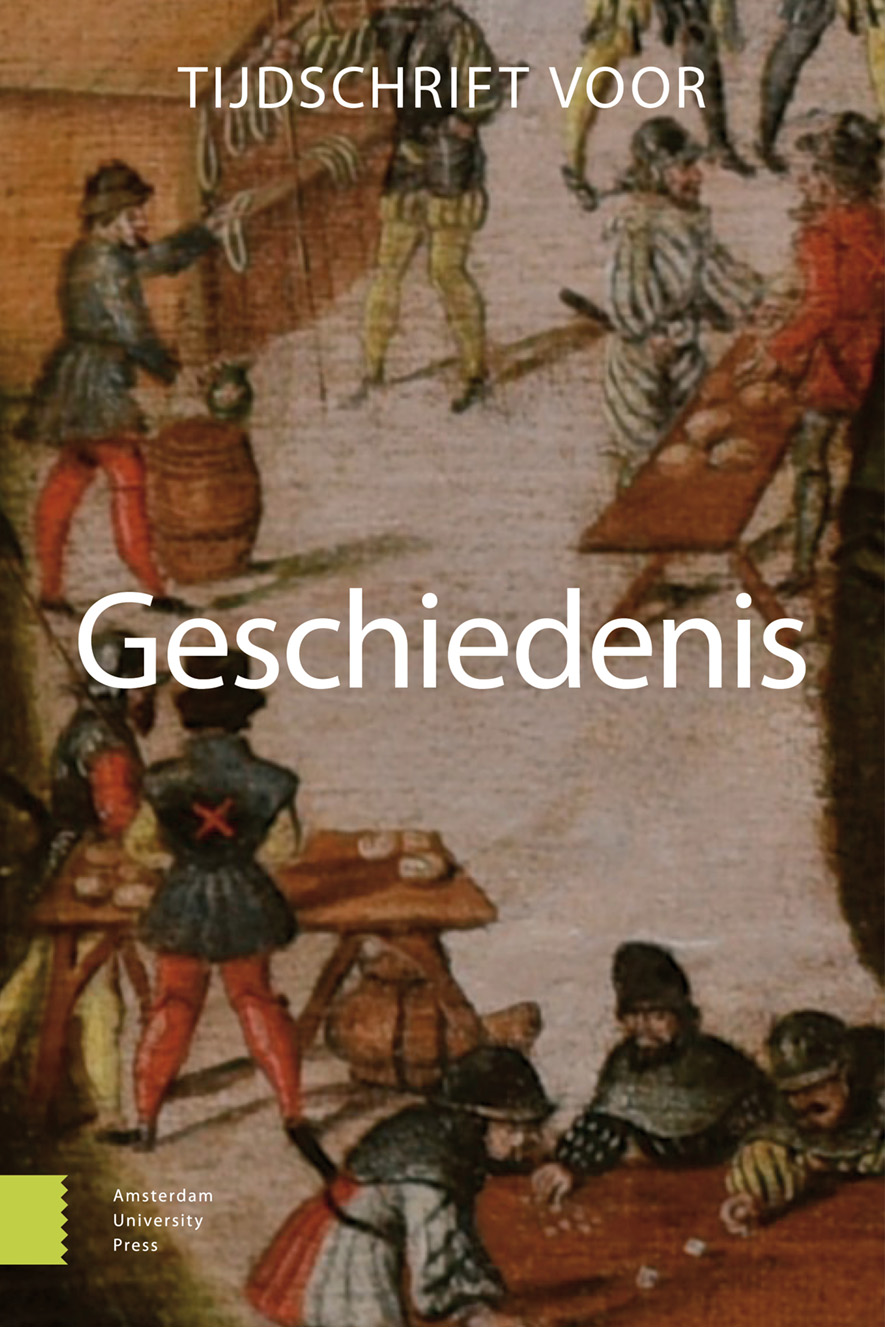-
oa Haringhandel en heiligenverering
Het toenemend belang van religieuze praktijken binnen het Haarlems Schonenvaardersgilde in de zestiende eeuw
- Amsterdam University Press
- Source: Tijdschrift voor Geschiedenis, Volume 132, Issue 4, 2019, p. 559 - 579
-
- 01 Feb 2020
Abstract
Herring trade and holy feast. The growing importance of religious practices in the Schonenvaarders guild in sixteenth-century Haarlem
This article examines the importance of religious and social practices for a sixteenth-century guild of herring merchants in Haarlem. Although recent historiography on medieval and early modern corporations has shown the importance of these practices for guild life in general, not much is known regarding merchant guilds specifically. Using practice-oriented sources such as the administration and memberships lists in guild books, and religious artefacts such as the guild’s altar, this article maps the religious and social practices of the guild members. It argues that although in the sixteenth century the guild still presented itself as a guild of herring traders, these economic activities of the guild declined in importance in this period compared with its pre-existing social and religious activities. Thus, the function and practices of the guild changed over time, showing the flexibility of these dynamic institutions. The Schonenvaarders guild shows also the importance of these religious practices for both community cohesion within the guild and corporation-based lay piety in sixteenth-century Haarlem.


